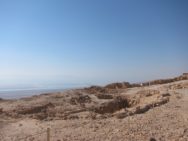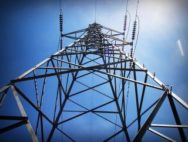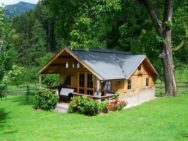
Digital Detox: let your mind off-grid
Rising heart rate, a sense of panic, breathing becoming shallow and inconsistent. It is highly likely that you have experienced these very symptoms at some point during your life. Perhaps you were in a confined space, feeling claustrophobic, or you were in a large crowd feeling disorientated….or perhaps you misplaced or lost your smart phone. Maybe you hadn’t even lost it, but the battery symbol was flashing red – oh no my cell’s going to die! If this sounds like you or someone you know, chances are you have smartphone separation anxiety – a.k.a. “nomophobia”. This has led to the need for us to have a digital detox.
What is “nomophobia”?
This term was coined in 2010 and relates to the feelings of anxiety linked to losing your phone, having no network coverage or when your battery is running low. Researchers at Iowa State University have found that there are four main components to nomophobia. The first is the fear of not being able to communicate with people or being in contact; the second is losing connectedness in general; the third not being able to access information and the fourth is not having the convenience that a smartphone brings. Watch the video below from Iowa State University to find out more about nomophobia.
But why does this anxiety happen?
Smartphones and technology have many benefits, but it has also infiltrated every aspect of our daily lives. Let’s face it, we rely on our phones an enormous amount – because they can do so much! Need directions? Check a date in the calendar? Don’t know the answer to a question? Need to make a call? More often than not, we all reach for our phone. If we think about it, they organise and navigate our daily lives more than we think.
Research has shown that we rely on our devices as much as we rely on a life partner. That is a scary thought – surely a device can’t replace someone as important as a spouse or significant other? The psychology behind this subconscious thought process though is very interesting. If we have a reliable source of external information on a specific topic, then we are less motivated and likely to remember that information for ourselves. If we need the answer to something we go to our reliable information source.
Before now, these reliable sources of information would take the form of people, and to some extent still do. For example, my dad knows a lot about cars I however, live in blissful ignorance and know very little. But I know all too well I can go to him for help so I am less motivated to learn and retain information about anything car-related. The exact same process happens in our brains except now we don’t turn to people for help, we turn to our smartphones. Why should we bother remembering …











